A couple of months ago a business
associate asked, ‘how do you come up with the narrative and theme for your blog
entries?’
I paused for thought, and considered
the cultural narrative – the story that ‘we’ can all tell about our past,
present and future. Yes, that is my approach, an attempt to blend the recorded
cultural and historical studies in context with Aldershot Town FC – football will
always be more than simply 90 odd minutes of activity that closes with a ‘result’. And in just a few hours Wrexham will be our visitors to the Recreation Ground....
Wrexham FC was formed in 1864
just ten years after the end of the Crimean War – one of the oldest clubs in
the world. And Wrexham's home ground,
the Racecourse, is the oldest extant stadium to stage international football –
having hosted Wales’ first home match in March 1877.
My first draft for this blog entry started to develop around the possible historical
links between Aldershot and Wrexham.
In 1854, at the time of the Crimean
War, Aldershot Garrison was established as the first training camp for the
British Army. This led to a rapid expansion of Aldershot’s population, growing
from 875 in 1851, to in excess of 16,000 by 1861 – including 9,000 military
personnel.
Ironworking began at Bersham, near
Wrexham, around 1640, and evidence is available to support the opinion that the
cannons used by the Royalists in the English Civil War were made there. In the
18th century, Isaac Wilkinson bought the ironworks and ran it for many
years – producing cannons.
When his son John ‘Iron-Mad’ Wilkinson took over
towards the end of the century, he employed a boring machine to accurately make
a smooth bore cannon to overcome the disastrous problem of the cannonball
becoming stuck in the barrel, leading to explosions.….was I getting close to a
link with Aldershot, and the Crimean War….possibly, but the historical links
were somewhat indeterminate…..
And then I caught up with the news from the Recreation Ground.
On Saturday 21 September, when the Shots are at home to Wrexham, a short service will
be held before the game at the Remembrance Garden within our stadium, to celebrate
the lives of those who in their lifetime, were known as faithful and proud
Shots supporters…
At 2.08am on Saturday, 22 September 1934, an explosion rocked the Dennis
Section of the Gresford Colliery, when there were almost 500 men underground on
that night shift – a larger number than usual, as many miners had doubled up on
shifts in order to be free to watch Wrexham play Tranmere Rovers at the
Racecourse later that afternoon.
According to the Daily Post the dead comprised 262 miners, three rescue men,
and one surface worker, leaving 164 widows and 242 fatherless children.
Following the disaster the colliery was closed for years putting 1,700 men on
the dole.
All the casualties lived in the Wrexham area, but only 11 bodies were ever recovered.
As the rescue operation was in full swing, less than two miles away a crowd
of 10,100 gathered in silence at the Racecourse for a Third Division North league match
between Wrexham and Tranmere Rovers.
With Wrexham scheduled to visit Sealand Road for the local derby on the
following weekend, the Chester FC board held a special meeting to discuss how
they could help. One of the proposals put forward was for a combined Chester
and Wrexham XI to play the full Wales international team at the Racecourse
Ground, an idea that was unfortunately rejected by the FA of Wales.
85 years on, the terrible loss of life will be remembered
on Sunday at a memorial service, to be immediately followed by the official opening of the
FA of Wales National Development Centre,
at Colliers Park, Gresford, Wrexham.
Football will always be more than simply 90 odd minutes of activity that closes with a 'result'....

Friday, 20 September 2019
85 years ...but never forgotten
Posted by
A Shot from Wales
at
23:19
![]()
Subscribe to:
Post Comments (Atom)






















































































































































































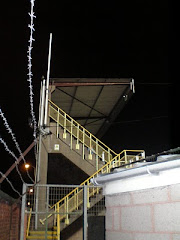



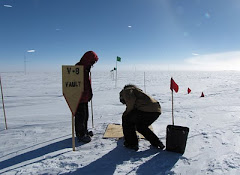


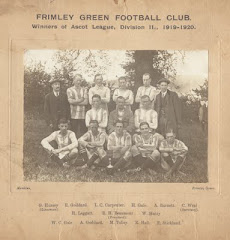




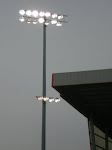






































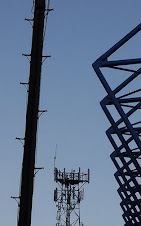















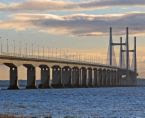

































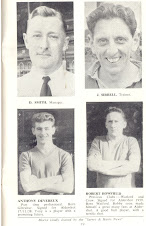
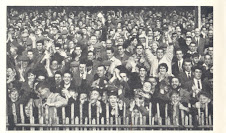
























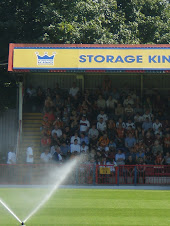

















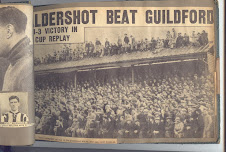

























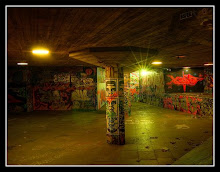









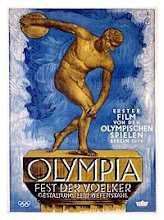

















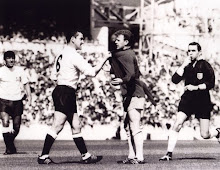















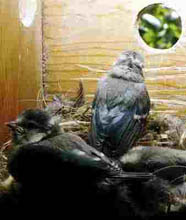

















































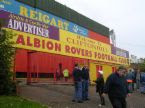



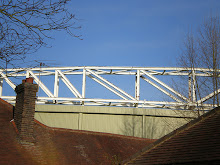
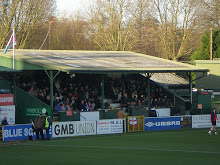

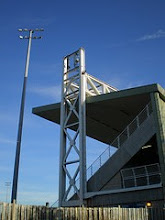































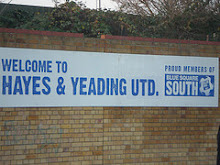
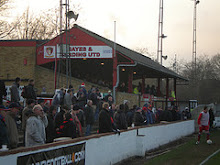










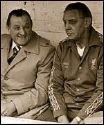






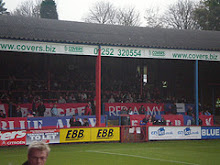












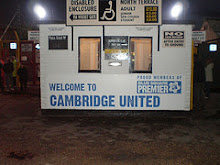

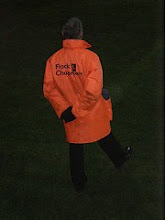







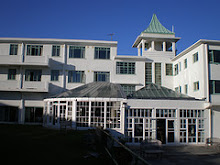
















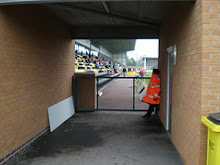
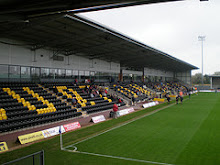

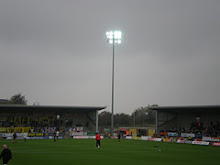






























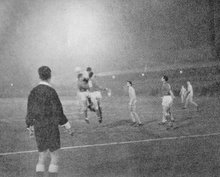



No comments:
Post a Comment